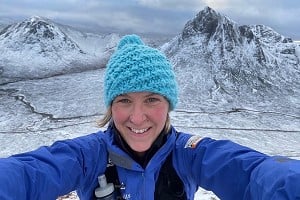In reply to Tom F Harding:
Peaks like Gave Ding are not on either list, NMA or MoT. So yes, it comes down to your agent.
A common tactic is to get a permit for an allowed, named peak that is nearby, or in an area where names are confused, and just climb what you want. Bending the rules in that way for such areas, if all else is done above-board, is usually let through - as I noted above, almost nobody in the govt knows where anything is anyway. I'm not saying you should get a permit for Lhotse and climb Everest, saying you got confused and went right instead of left
Bear in mind that Nepal has recently instigated more Restricted Areas, at the behest of China, so some areas, mainly near the border, may be theoretically be harder to get into. More likely it's a ploy to charge higher daily fees as they do for existing Restricted Areas. But as with the majority of edicts issued from the government and MoT, it may well amount to nothing.
Another thing to remember, that was not the case years ago, is that it's increasingly hard to get porters (let alone good ones) in more remote areas, especially in the west. Many people have left their farms to work in KTM or overseas, so there are simply fewer men out there and those that are know the remote trails less well than their grandfathers, and no one there can read your maps. So you may end up using horses, which may be limited how far up a valley they can go, or bussing in porters from KTM, which many expeditions do now, despite the cost. This means they don't know the area, will feel out of place, and depending on your agent, can be a mixed bag of abilities and experience.









